Email is terrible. Just don’t use it.
OK, that’s not realistic. Unfortunately. So I’ll address the question, and offer somewhat of an explanation.
First off, you need to understand how email works. I don’t think a lot of people do. Email doesn’t just leave your device, shoot across the Internet, and land directly in the recipient’s inbox. There are servers involved on both ends. (A server is a specialized computer sitting in a large data center that runs software for purposes like this.)
When you hit “Send,” your message goes from your device to your sending mail server. Then your sending mail server looks at the domain name on the recipient’s email address — the part after @ — and figures out where that domain’s receiving mail server is. It sends the message to that server.
Then, when the recipient wants to check their email, their device connects to their receiving mail server, which sends over the new messages. (The way this works is a lot different now than it was in the early days of the Internet, with the switch from POP3 to IMAP, but if you don’t know what those acronyms mean, just be thankful and move on. It’s not really relevant to this post.)
All of this is relatively straightforward when you’re directly creating the email message in your mail app. In most cases, your own sending and receiving server are one and the same. But it’s different when the email is coming from your website.
Next, you need to understand how email coming from a website works. When you’re getting an email such as an automated notification that someone has filled out a form on your website, who is “sending” the email? It’s not the site visitor who filled out the form. It’s the website itself. So the email doesn’t go through the visitor’s sending server. The website has to have its own sending server.
In the past (up until around early 2020), this was straightforward. Web servers — yes, another specialized computer in a data center, this time the one where your website “lives” — typically would also be running sending mail server software too. The most common early software for this purpose was called, creatively, Sendmail. But there were some serious shortcomings with Sendmail that needed to be fixed, and the replacement software was called, creatively, Postfix.
For years I would set up web servers running Postfix, and there was never any problem. A website user would submit a form, the site would generate a notification email and put it in the Postfix queue, Postfix would send it along to the recipient’s (i.e. the website administrator’s) receiving mail server, and the recipient would receive it.
So why did this stop working? In a word, spam. This kind of setup was very slick and easy to build. So easy, in fact, that hosting providers — especially the ones offering “Virtual Private Servers” where you can configure any software you want — became havens for spammers.
For years there were increasingly convoluted methods to validate these servers as legitimate senders. (Here are some more fun acronyms you don’t want to know: SPF, DKIM, DMARC.) But it was a cat-and-mouse game as spammers continually found ways around every new restriction.
Eventually, so many spammers started using hosting providers like Digital Ocean to send out their garbage, that large mail providers like Gmail and Microsoft Office 365 just decided it wasn’t worth dealing with, and started automatically flagging any email that originated anywhere on Digital Ocean’s network (to cite one example) as being spam.
Now, legitimate websites, sending only legitimate emails, are getting flagged as spam, solely because they happen to exist on the same network as spammers.
OK, so shouldn’t Digital Ocean (and other similar VPS providers) do something about this? Yes. Yes, they should. But instead they’ve decided to just throw up their hands and say, “you should not be using our network to send out email.” Other VPS providers like Linode actually just block port 25 altogether. (Again, if you don’t know what that is, just be happy and move on.)
Is there a solution? Yes. Stop using email. OK, I still know that’s not realistic. There is a solution, but it is cumbersome to set up. You need to configure your website to route outgoing emails through a real mail account on a real mail server. If you’re on WordPress, plugins like WP Mail SMTP and WPO365 can help — but bear in mind that this does mean connecting a real, actual email account to your website through these tools. (And an interesting side effect is that you’ll see these outgoing messages in the Sent folder in your mail app.)
Alternately, you can use a service like Amazon SES or Sendgrid. But however you choose to do it, there are extra configuration steps, extra technical knowledge required, and extra costs. What used to be straightforward and easy is now complicated and costly, and we have sleazy spammers and intransigent corporations to thank for it.


